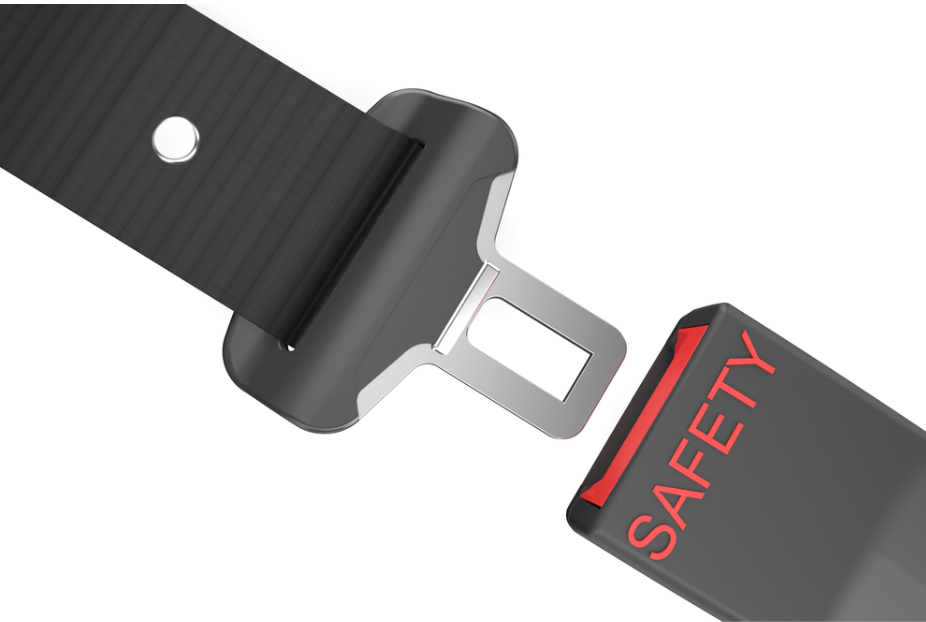A question that often comes up after a car accident is whether a person who wasn’t wearing a seatbelt at the time of the accident can still recover damages. Here’s a short overview from a car accident injury lawyer in San Antonio on whether you can still receive compensation if you were not wearing a seatbelt.
Can I Still Recover Damages If I Was Not Wearing a Seatbelt During the Car Accident? Answers from a Car Accident Injury Lawyer in San Antonio
Modified Comparative Negligence
Texas uses a modified comparative negligence approach to assess fault and damages in personal injury cases. Modified comparative negligence means that both parties’ actions are considered when determining liability and compensation. The amount that the plaintiff is awarded in damages is reduced by the percentage they are found to be at fault. And in Texas, if they are found to be more than 51% at fault, they cannot recover any damages.
If you were not wearing a seatbelt during the accident, the court might consider you to bear some degree of responsibility for how severe your injuries are. However, this doesn’t prevent you from recovering damages entirely, since not wearing a seatbelt is not what caused the accident. Click here for help with understanding more about how this works.
The Seatbelt Defense
The “seatbelt defense” argues that the injuries sustained could have been minimized if the victim had been wearing a seatbelt. This means that the amount of damages might be reduced if the court determines that not wearing a seatbelt resulted in much worse injuries than otherwise would have happened. For example, if the court determines that your failure to wear a seatbelt makes you 30% responsible for the extent of your injuries, your total damages would be reduced by 30%.
Proving Liability
If you weren’t wearing a seatbelt when the accident occurred, you will need to establish that the other party involved in the accident was liable for the accident. Proving liability means proving negligence, and negligence means establishing several clear legal components: a duty of care, a breach of that duty, that breach’s cause of the injury, and the loss caused by the injury.
It is important to show that your failure to wear a seat belt was in no way a cause of the accident but merely a contributing factor to the severity of your injuries. In cases where the other driver’s liability is clear, such as reckless driving or distracted driving, the argument about seatbelt use focuses only on the extent of your injuries, not the cause of the accident.
How Courts Determine Modified Fault
Courts often use expert testimony to assess how much not wearing a seatbelt contributed to your injuries. The input of accident reconstruction experts, medical professionals, and biomechanical engineers can help a judge to understand which injuries were likely caused by the crash and which were probably worsened by you not wearing your seat belt.
If you’ve been injured in an accident and have concerns about how seatbelt use might affect your case, consult an experienced attorney for advice on your claim.






